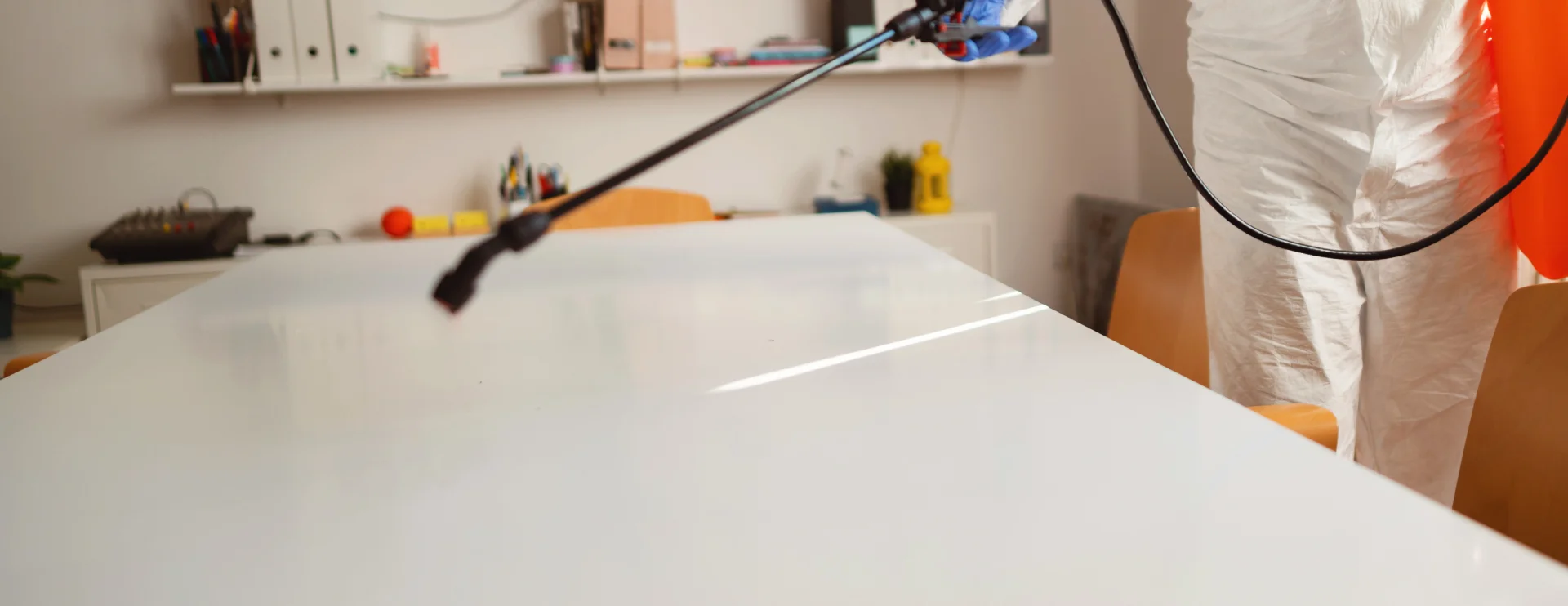Noticing Baby Bed Bugs?
Bed bugs have gained significant attention over the past few years, but many still remain unaware of the true nature of these pests. One common concern is what actions to take when you spot baby bed bugs. If you’ve noticed tiny, reddish-brown insects scurrying around your home, it’s likely that bed bugs are the culprit. However, these baby bed bugs, or nymphs, are just one stage in the life cycle of this pest, and once they establish themselves, they can be quite challenging to eradicate.
The presence of baby bed bugs is concerning, as it indicates that an infestation is well underway. Baby bed bugs, also known as nymphs, emerge fully developed and ready to feed immediately, bypassing the typical nymphal stage seen in other insects. This means they can begin reproducing without delay, leading to a rapid expansion in population. Consequently, an infestation can spiral out of control quickly. Therefore, if you notice baby bed bugs, swift action is crucial to prevent the situation from worsening.
What Do Baby Bed Bugs Look Like?
Most people recognize adult bed bugs, small insects with a reddish-brown hue that feed on human blood. However, not everyone is aware that bed bugs progress through several developmental stages before becoming adults. So, what exactly do baby bed bugs look like?
Bed bugs begin their life cycle as tiny, white or pale-colored eggs, roughly the size of a pinhead. After hatching, the newborn bed bugs, known as nymphs, are translucent and initially struggle to latch onto human skin for their first blood meal. These nymphs undergo several molts—shedding their exoskeleton—as they grow larger. By the time they reach adulthood, bed bugs are about the size of an apple seed and develop a brownish color.
The First Stage of the Bed Bug Life Cycle: The Egg
Understanding the first stage of the bed bug life cycle is key to grasping how infestations start and spread. Bed bugs begin as eggs, which are incredibly small, often described as being the size of a pinhead. These eggs are white or pale in color, making them difficult to spot with the naked eye, especially when hidden in the tiny cracks and crevices where bed bugs often lay them.
A female bed bug can lay anywhere from one to five eggs per day, and in her lifetime, she may lay over 200 eggs. The eggs are coated with a sticky substance that helps them adhere to surfaces, ensuring they stay hidden until they hatch. In about six to ten days, these eggs hatch into nymphs, ready to begin their parasitic journey. Understanding this first stage is critical because it highlights the importance of early detection and intervention—by the time you see nymphs or adult bed bugs, the infestation is already progressing.
Where Do Baby Bed Bugs Hide?
Bed bugs are adept at hiding, and their small size allows them to slip into the tiniest of spaces. Baby bed bugs, or nymphs, often conceal themselves in the same places as adult bed bugs, such as mattresses, box springs, headboards, and bed frames. However, they can also be found in other areas of the home, including behind baseboards, inside electrical outlets, and within the seams of upholstered furniture.
Once a female bed bug has had her blood meal, she will lay her eggs in these secluded spots. As a result, baby bed bugs are commonly found in the same areas as their adult counterparts. If you observe small, reddish-brown bugs in your home, it’s likely you are dealing with a bed bug infestation.
How to Get Rid of Baby Bed Bugs
If you discover small, reddish-brown bugs in your living space, there’s a strong possibility you’re dealing with bed bugs. Unfortunately, baby bed bugs, or nymphs, represent just one phase in the bed bug life cycle, and once they have taken hold, they are challenging to eliminate. If you come across baby bed bugs, it’s essential to contact a professional exterminator as soon as possible. These specialists possess the expertise and tools necessary to safely and effectively eradicate these pests.
Preventing a bed bug infestation is always preferable to dealing with one. To minimize the risk, take precautions when traveling by inspecting your luggage before bringing it inside your home. If you suspect your hotel room might have bed bugs, avoid bringing your luggage inside; instead, leave it in your car or outside. Upon returning home, wash all clothing in hot water to kill any hitchhiking bed bugs. These measures can help prevent an infestation from taking root in your home.

